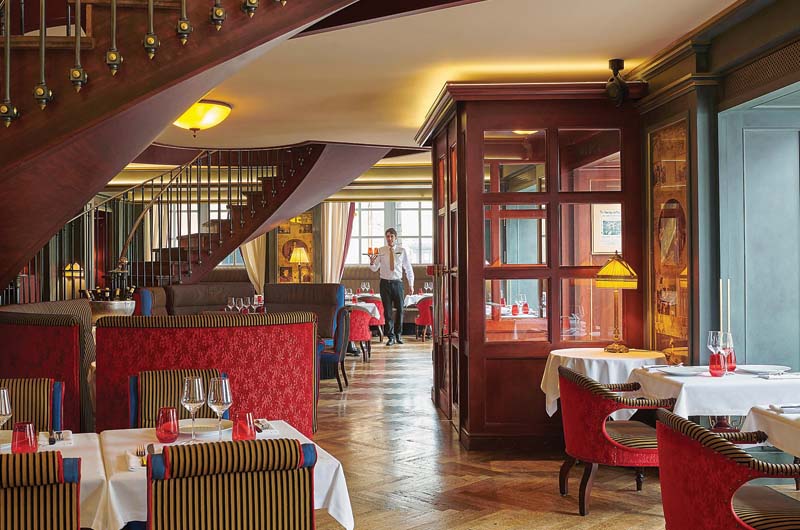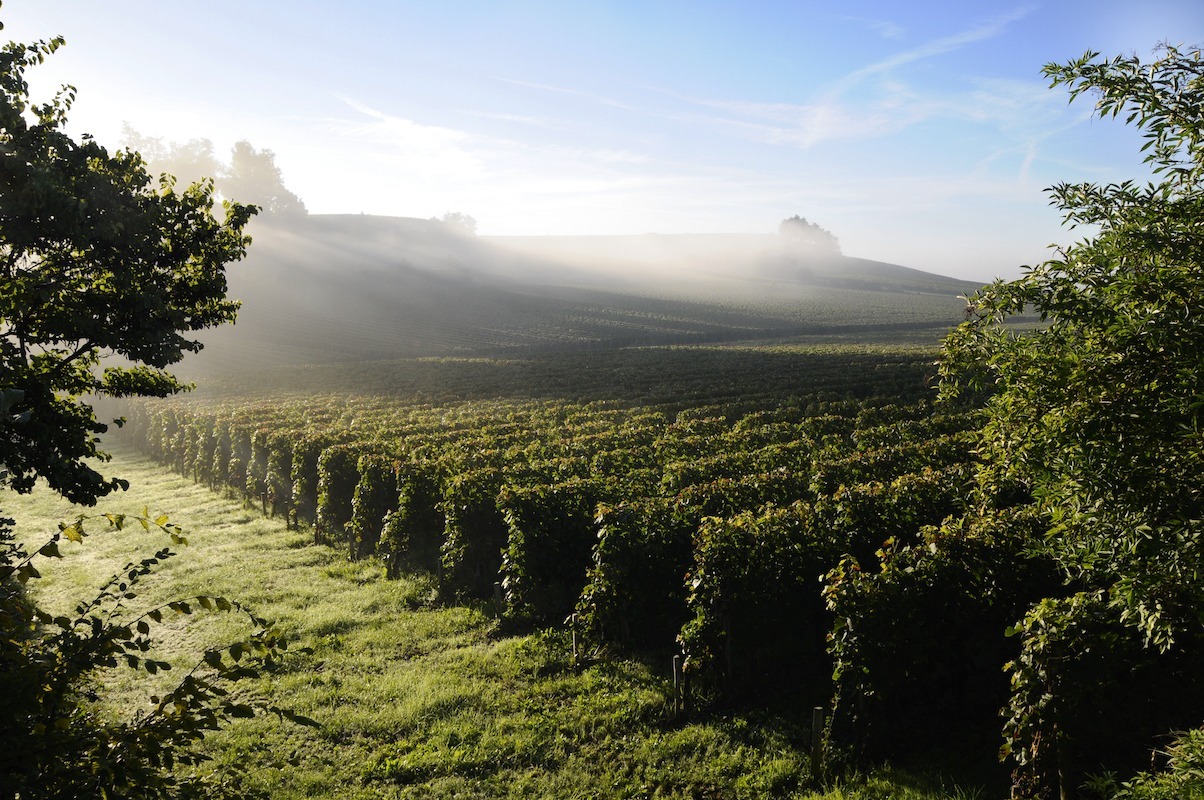Our Favorite Bordeaux Tours
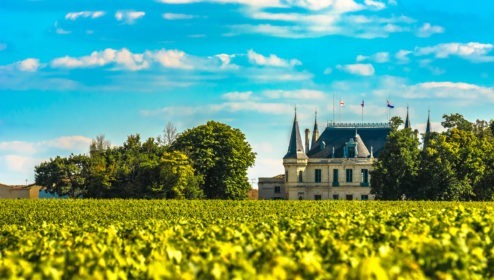
A Road Trip Through Bordeaux and Dordogne's Nature and Wine Country
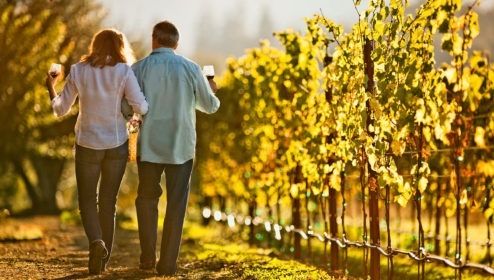
Food and Wine Lovers Tour of Paris and Bordeaux
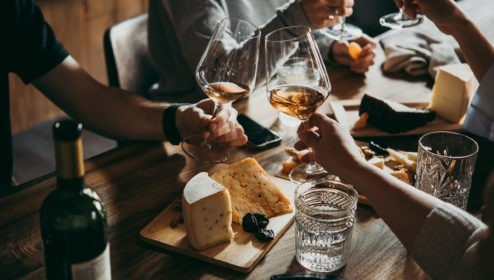
A Foodie Tour of Paris, Champagne & Bordeaux

Cultural Trip in Bordeaux
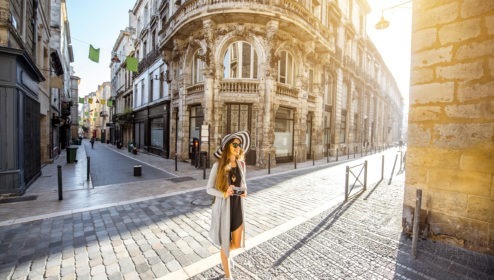
The Essential Bordeaux
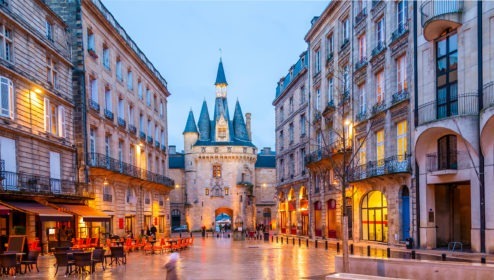
A Luxury Escape to Bordeaux

An Unforgettable Trip to Bordeaux and the Region
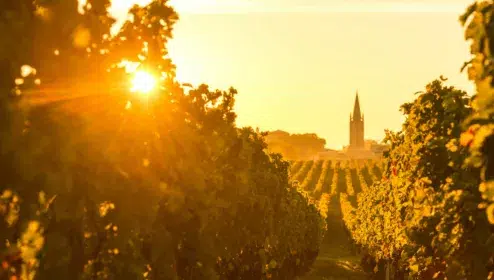
The Essence of Bordeaux and it's Region
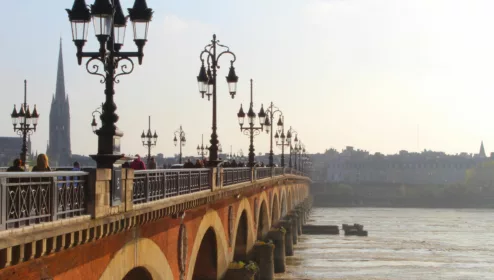
The Perfect Honeymoon Retreat to Bordeaux
Bordeaux in Depth
World-class wine, medieval castles, expansive coastline, and rich gastronomy make Bordeaux one of France’s most seductive regions.
Get to know Bordeaux
While it’s best-known for its fine wine, charming Bordeaux has a lot to offer beyond grapes and wine tastings. Its architecture, with spacious avenues and alluring classical facades, begs to be explored. In the summer, you’ll see people cooling off in Europe’s largest reflective pool, the Miroir d’Eau. It is a striking place to take photos. The Rue Sainte Catherine, three-quarter-mile-long (1.2 km) pedestrian shopping street, offers shopping ranging from niche boutiques to high-end designers.
Wine-aficionados will come here to visit the world-famous châteaux in the countryside. They may also be interested in Bordeaux’s La Cité du Vin, which was inaugurated in 2016. Overlooking the Garonne River, this wine museum is an architectural attraction in and of itself. Come for a visit to learn about and taste wine.

Cuisine
For authentic Bordeaux eats stop by the iconic Les Capucins food market. The food scene in Bordeaux is incredible. Oysters from the neighboring Arcachon Bay are considered some of the best in the world. The region is famous for its seafood. Gascony, the surrounding rural inland, is famous for producing the very best foie gras and menus heavily feature duck and geese (canard and oie respectively). Poultry is a staple in the most famous dishes. Be sure to try the confit de canard and confit d’oie. Local black truffles (truffes de Périgord) make for a luxurious treat.

Canelés, a small rum and vanilla-flavored pastry with a caramel crust is a popular local sweet.
Logistics:
When to go: The best time to visit is from April to October. The spring and fall months are lovely, with comfortable temperatures and fewer crowds. July to August is high season and can be warm. The vendange, or wine harvest, is in September. Bordeaux has a temperate climate, but winters can be cool and wet.
By plane: Bordeaux’s airport has direct connection to many European capitals.
By train: The TGV connects Paris to Bordeaux in only 2 1/2 hours.
By car: A car ride from Paris to Bordeaux takes around 6 hours.
What to eat and drink:
Cheese: The goat cheeses Chabichou and Rocamadour are made a couple of hours outside of Bordeaux, while the excellent sheep milk Ossau-Iraty comes from south of Bordeaux in the French Basque Country. All three are recognized with AOP appellations.
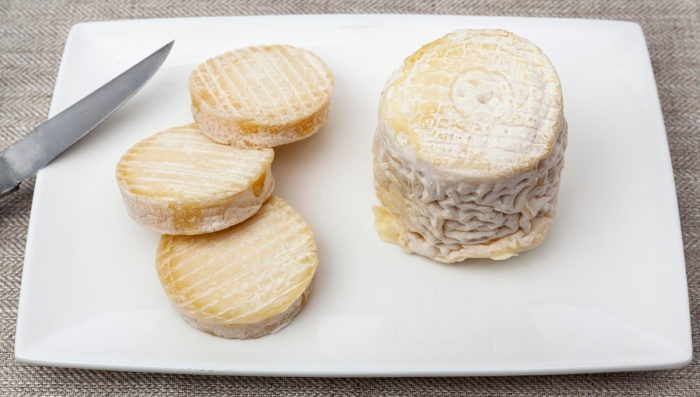
Drink: Bordeaux wines are world-renowned. They need no introduction. We suggest trying any of the grand cru wines from Médoc or Saint-Emilion, but it’s hard to go wrong. The Cité du Vin wine museum is a good place to start your tastings.

Cognac, France’s best-known spirit, is made just 75 miles north of the city.
Regional Highlights
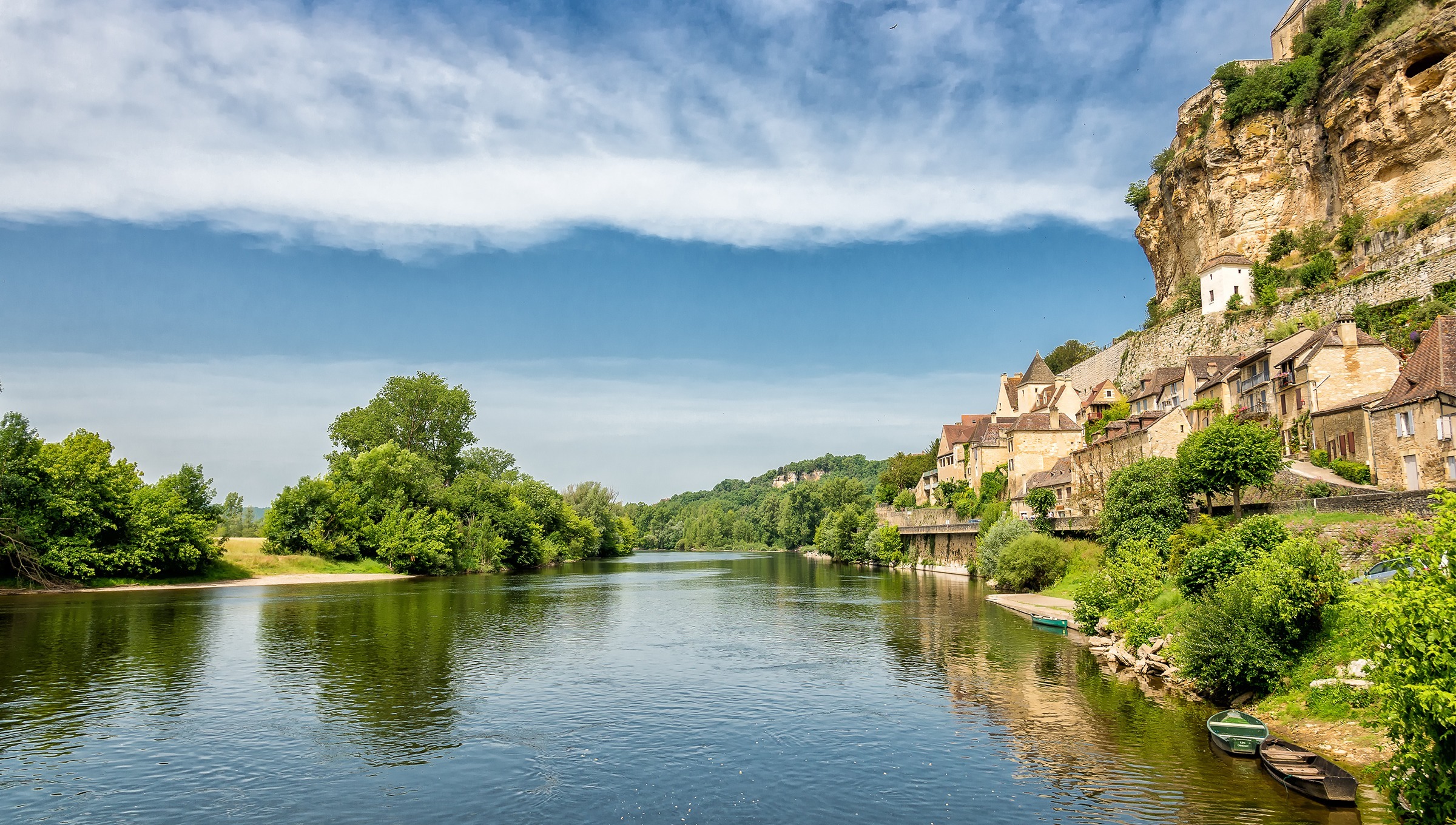
Dordogne Valley
An hour outside of Bordeaux, the verdant hills and picturesque rivers of the Dordogne valley offer medieval hilltop villages and prehistoric sites. See spectacular prehistoric paintings Lascaux and Rouffignac caves. Imposing medieval castles, like the Château de Beynac-et-Cazenac, dot the landscape. Many were erected during the Hundred Years’ War, and offer stunning panoramas of the winding river and hilltops below. The 13th-century fortified Monpazier is recognized as one of France’s most beautiful villages. It’s a pleasure to eat in Dordogne. Duck is a staple. The region’s famous black truffle is sold at markets from December to February. The region is also popular for kayaking, hiking, and outdoor activities.
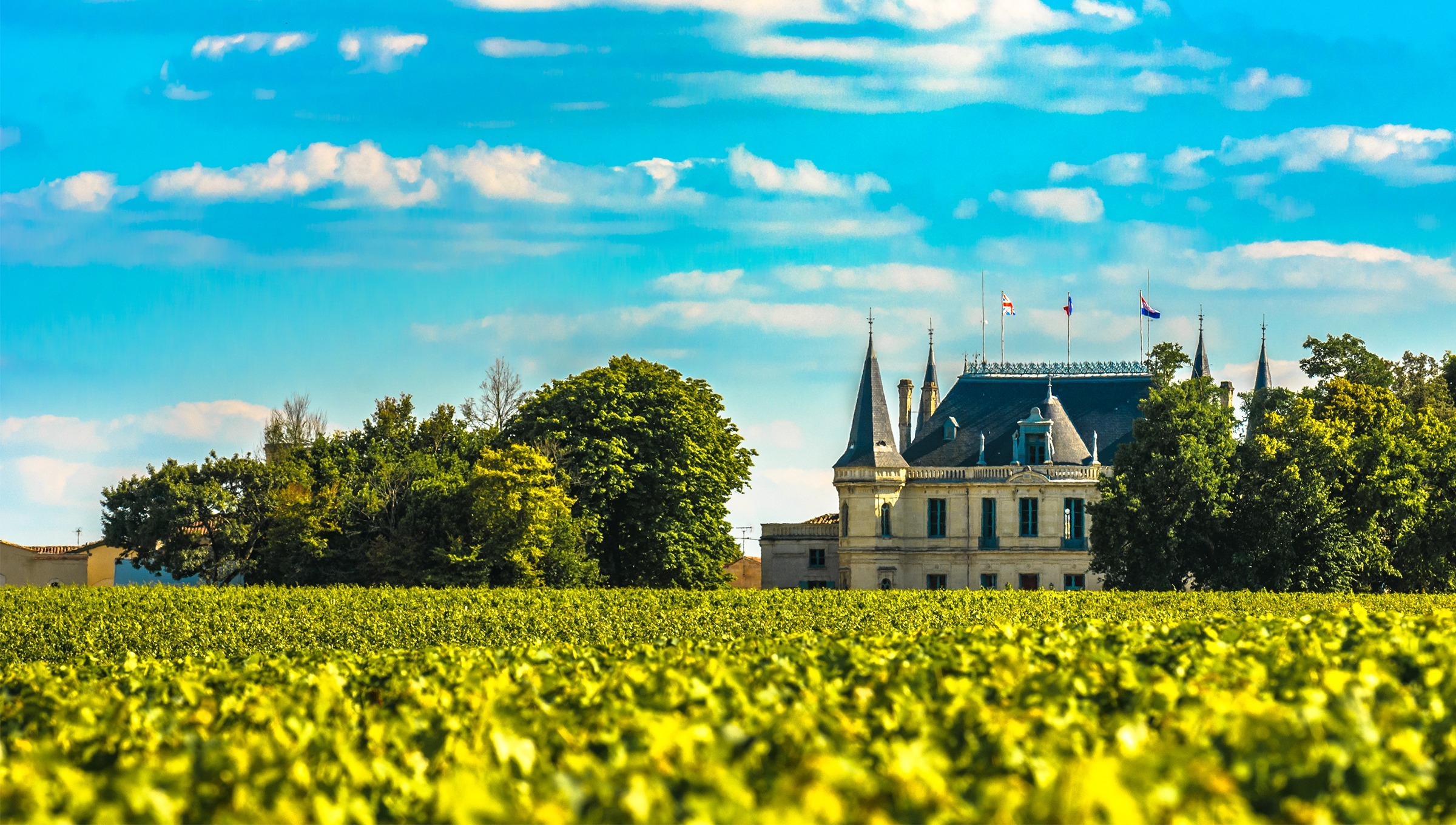
Bordeaux Vineyards
One of the world’s preeminent wine regions in the world, Bordeaux boasts 120,000 hectares (463 square miles) of vineyards. Its thousands of small wine producers produce a diverse array of wine, from deep reds to sparkling whites. A couple of its subregions are particularly noteworthy.
UNESCO World Heritage site, Saint-Émilion is surrounded by prestigious Merlot, Cabernet Franc, and Cabernet Sauvignon vines. Multiple of the town’s châteaux have achieved the prestigious status of grand cru. The winding cobblestone streets and Medieval architecture impress.
The coastal Médoc sub-region’s Route des Châteaux is sublime. Brimming with grand cru wineries and decadent châteaux, it features 8 appellations of controlled origin wines and some of France’s elite wine producers.
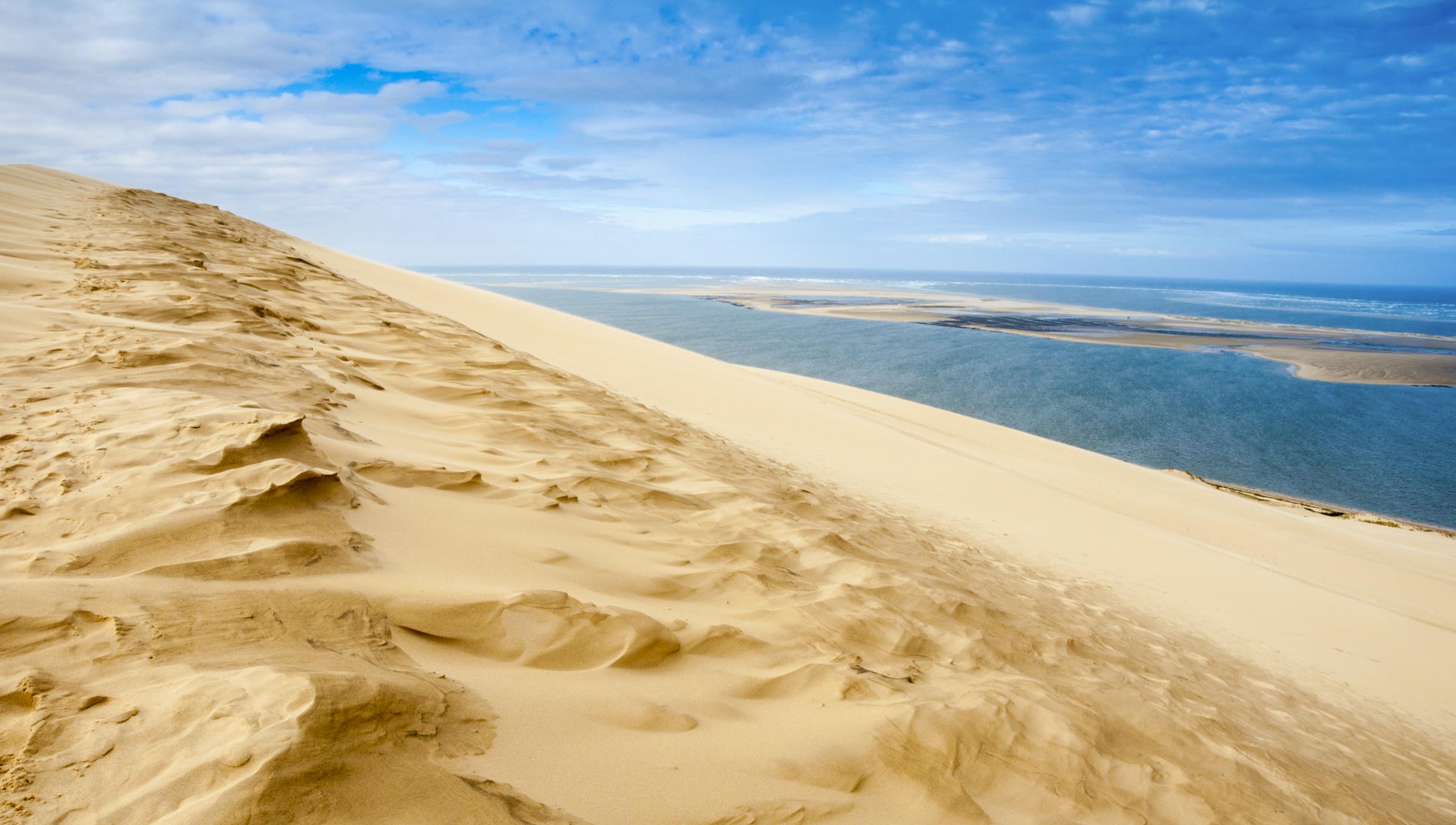
Arcachon Bay
The tranquil Arcachon Bay emerged as a luxury retreat for Bordeaux’s rich in the 19th century. Most foreigners never make it, that’s a mistake. The elegant belle epoque villas, rejuvenating spas, and expansive golden sandy beaches make it a favorite of the French. The largest sand dune in Europe, the Dune de Pilat, is an impressive site with even better views from the top. Don’t forget to try oysters.
Hotels & Villas

Hotel de Sèze
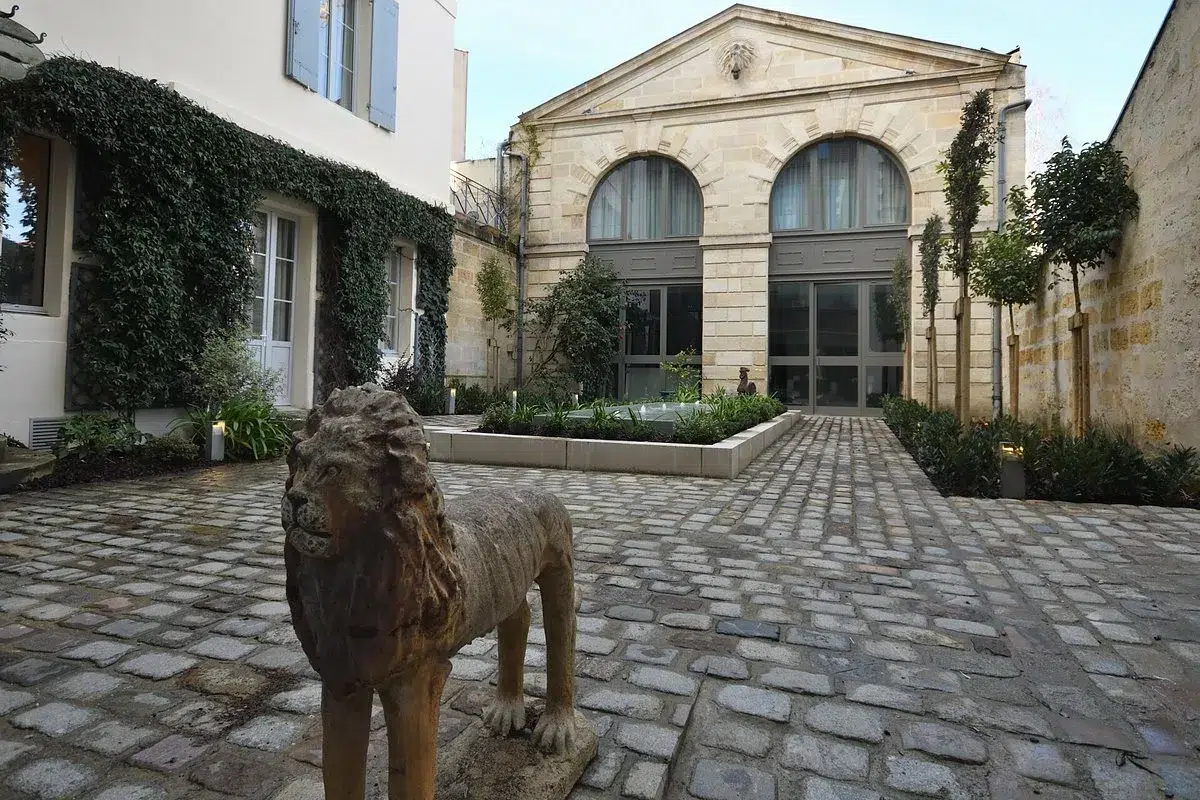
La Maison Bord'eaux Hotel

Intercontinental Bordeaux
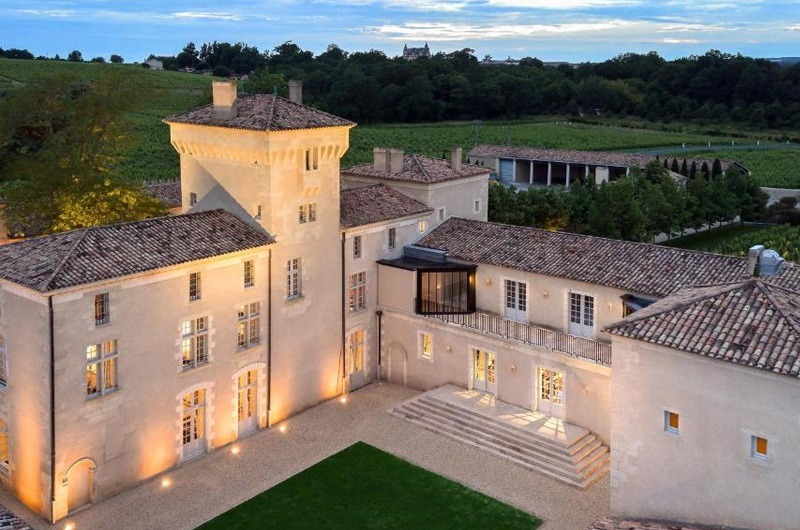
Chateau Lafaurie-Peyraguey Hotel & Restaurant Lalique
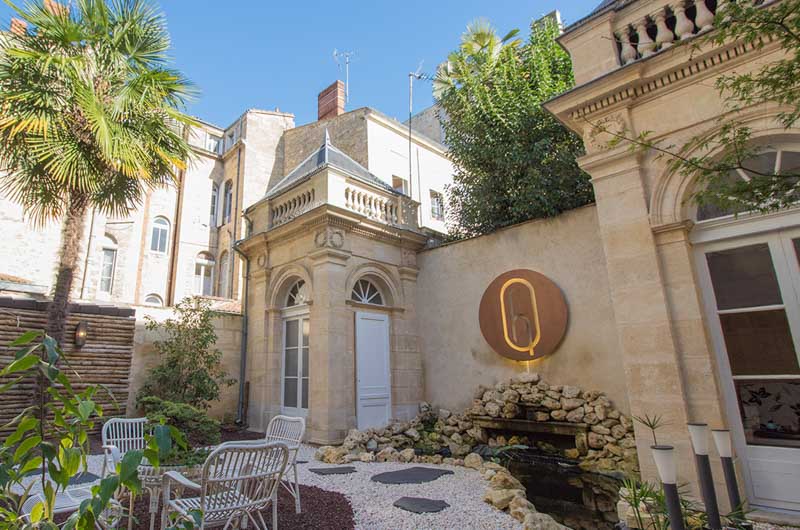
Hotel des Quinconces
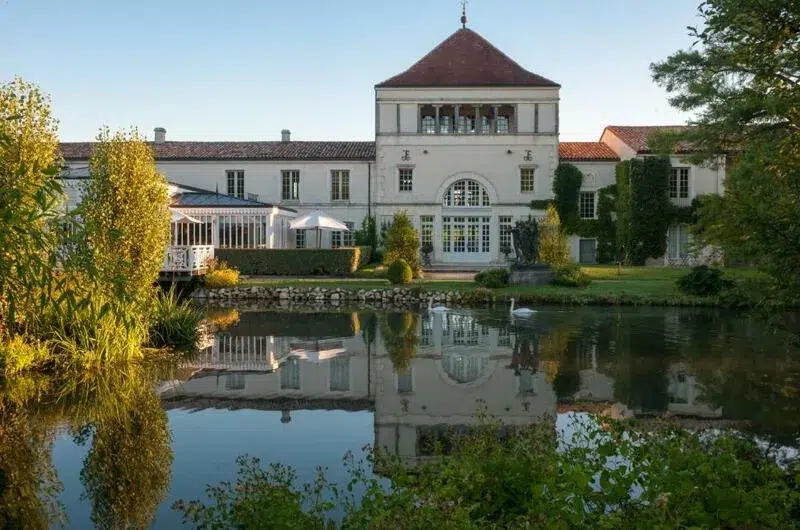
Hotel Les Sources de Caudalie
What Our Clients Are Saying
Why French Side Travel?
Award-Winning Expertise
Local Knowledge, Tailored to You
Authentic French Immersion
Round-the-Clock Support
Worry-Free, Tailor-Made Travel
Our Partners and Awards



